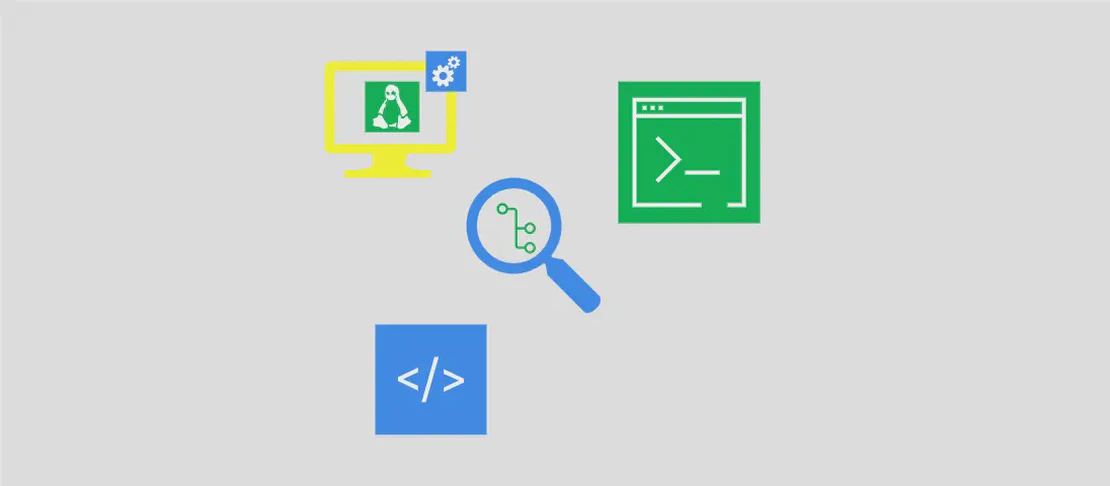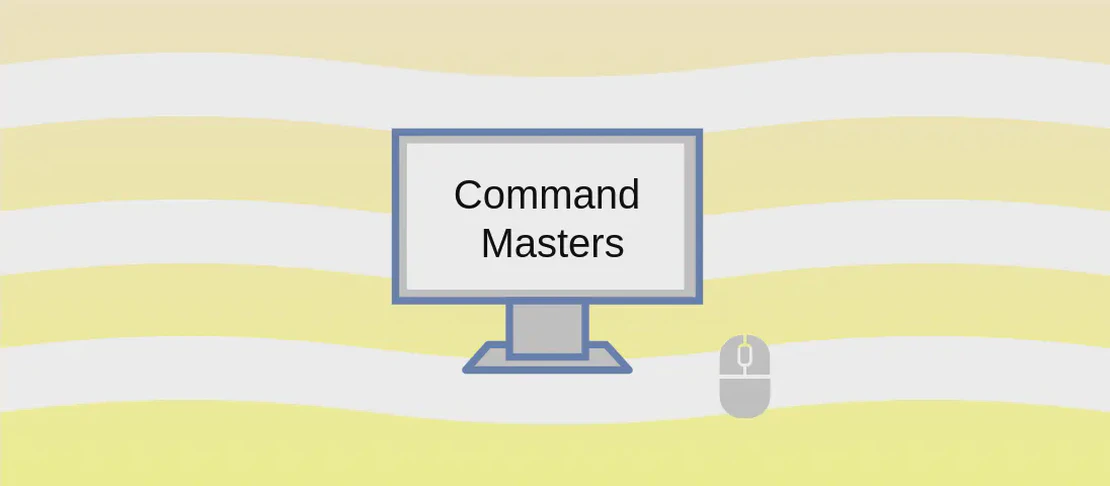
How to Use the Command 'see' (with examples)
- Linux
- December 17, 2024
The see command serves as an alias to perform actions, such as viewing and printing files using run-mailcap. This command typically integrates with the mailcap system, enabling users to conveniently open and interact with files using their default applications. The see command is commonly utilized for previewing files — particularly images — by launching them in a predetermined application as specified by the user’s mailcap configuration.
Use case 1: Viewing a File with ‘see’
Code:
see filename
Motivation:
This simple command allows users to quickly view files, especially images, using their default applications without the need to open the application manually and navigate to the file. It’s particularly useful for users who handle a variety of file types and prefer consistent viewing experiences tailored by their mailcap configurations. Additionally, ‘see’ can be seamlessly integrated into scripts or workflows to automate file previews.
Explanation:
see: This command is an alias linked torun-mailcap, designed specifically for viewing files. When invoked, it checks the user’smailcapconfiguration to determine the preferred application for the given file type.filename: This is the placeholder for the actual name of the file you want to view. It should be replaced with the path or name of the specific file. The file type informsseewhich application to use for opening the file as per the mailcap rules.
Example Output:
Assuming see is invoked with an image file named example.jpg, the system’s default image viewer (as specified in mailcap) would open and display the image for the user. There would be no console output, as the primary interaction occurs within the launched application.
Use case 2: Viewing a File Using ‘run-mailcap’ Explicitly
Code:
run-mailcap --action=view filename
Motivation:
Using run-mailcap directly with the --action=view flag provides users with more explicit control over their file operations. This approach is beneficial for users familiar with run-mailcap who prefer clarity and directness in their commands. It is particularly useful for those who frequently switch between actions or need to script processes involving specific file handling actions. Specifying --action=view ensures that the desired operation is always explicitly invoked, reducing the risk of performing unintended actions.
Explanation:
run-mailcap: This command is part of the mailcap system and is designed to execute actions defined in the user’s mailcap file, which maps file types to specific applications.--action=view: This option explicitly specifies the action to perform on the file, mandatingrun-mailcapto open the file in the associated viewer application. This level of specificity can be crucial when a user has multiple potential actions for a file type.filename: Similar to theseecommand, this represents the name or path to the file to be viewed. The extension or type of this file determines the application selected to open it, as per the mailcap’s defined rules.
Example Output:
On executing run-mailcap --action=view example.jpg, the system would open example.jpg with the default program allocated for JPEG images (e.g., an image viewer like Eye of GNOME or Shotwell, depending on the system configuration). As with the see command, there is generally no terminal output; the interaction occurs with the GUI application in which the file is displayed.
Conclusion:
The see command and its explicit counterpart within run-mailcap provide user-friendly ways to manage and view files using predefined, system-integrated applications. They leverage the mailcap system to streamline file handling, making it easier for users to interact with different file types without manually launching supporting applications. Understanding and utilizing these commands can enhance productivity, particularly for users who frequently work with diverse file formats.


